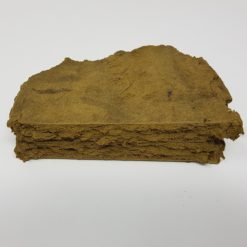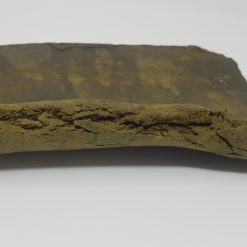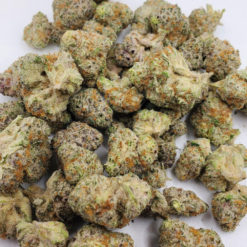Ancient India stands as a beacon of rich cultural heritage, and its contributions to medicine are profound. Among its many treasures, cannabis holds a prominent place. The historical use of cannabis in ancient India for medicinal purposes provides us with valuable insights into the early understanding of its therapeutic potential. Let’s explore how this revered plant was utilized in ancient Indian civilization for its healing properties.
Ancient Ayurveda and Cannabis:
Ayurveda, the ancient Indian system of medicine, flourished over 5,000 years ago. Cannabis, known as “ganja” or “bhang” in Sanskrit, found its place within Ayurvedic texts as a therapeutic herb. These texts, known as the Vedas, describe cannabis as a powerful medicinal plant with various applications.
Ancient Therapeutic Uses of Cannabis:
Pain Relief: Cannabis was primarily employed as an analgesic to alleviate pain. It was prescribed for a wide range of conditions, including headaches, migraines, arthritis, and menstrual cramps. Ancient physicians recognized its ability to provide relief from physical discomfort.
Anti-inflammatory Properties: Cannabis was acknowledged for its anti-inflammatory effects. It was used to treat inflammatory conditions such as rheumatism and swelling. Its application helped reduce pain and improve mobility.
Sedative and Sleep Aid: In ancient India, cannabis was employed as a sedative to induce sleep and treat sleep-related disorders. It was believed to calm the mind, promote relaxation, and enhance the quality of sleep.
Digestive Aid: Cannabis was valued for its beneficial effects on the digestive system. It was used to relieve nausea, stimulate appetite, and improve digestion. It played a vital role in treating gastrointestinal ailments.
Mood Regulation: Ancient physicians recognized cannabis’ potential to influence mood and mental well-being. It was utilized to alleviate symptoms of anxiety, depression, and stress. Cannabis was believed to promote a sense of tranquility and balance.
Cannabis Preparations:
Ancient Indians utilized different preparations of cannabis for medicinal purposes:
Decoctions: Cannabis leaves and flowers were boiled to create a decoction, which was consumed orally. This method allowed the extraction of therapeutic compounds for various ailments.
Topical Applications: Cannabis was incorporated into oils and ointments for external use. These formulations were applied to alleviate pain, reduce inflammation, and promote healing.
Cultural and Ritualistic Significance:
Beyond its medicinal applications, cannabis held cultural and ritualistic significance in ancient India. It was regarded as a sacred herb and was associated with Lord Shiva, one of the principal deities in Hinduism. Cannabis was believed to possess divine qualities and was used in religious ceremonies and festivals.
Modern Perspectives and Challenges:
While ancient India recognized the medicinal potential of cannabis, its contemporary use and legality vary across different regions. Today, scientific research has shed light on the chemical constituents of cannabis, such as cannabinoids, which contribute to its therapeutic effects. However, the legal and social aspects surrounding cannabis continue to be debated in many parts of the world.
Ancient India’s utilization of cannabis for medicinal purposes showcases the profound wisdom and insights of its early medical practices. Ayurveda’s recognition of cannabis as a powerful healing herb, along with its applications in pain relief, anti-inflammatory treatment, sedation, digestion, and mood regulation, highlights the comprehensive understanding of the plant’s potential benefits. As we navigate the complexities of modern cannabis use, studying ancient India’s historical usage allows us to appreciate the significance of this remarkable plant in human health and well-being.













